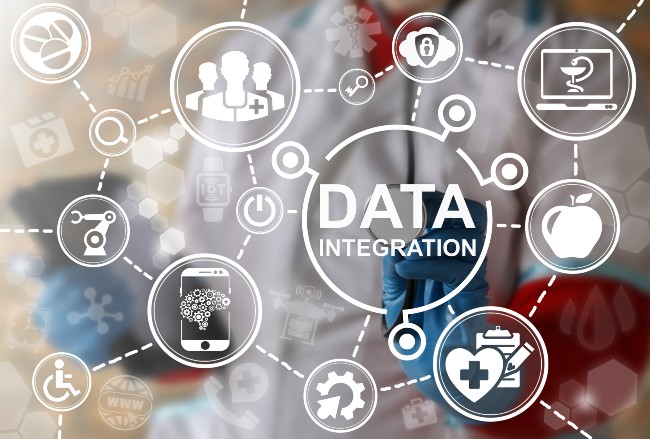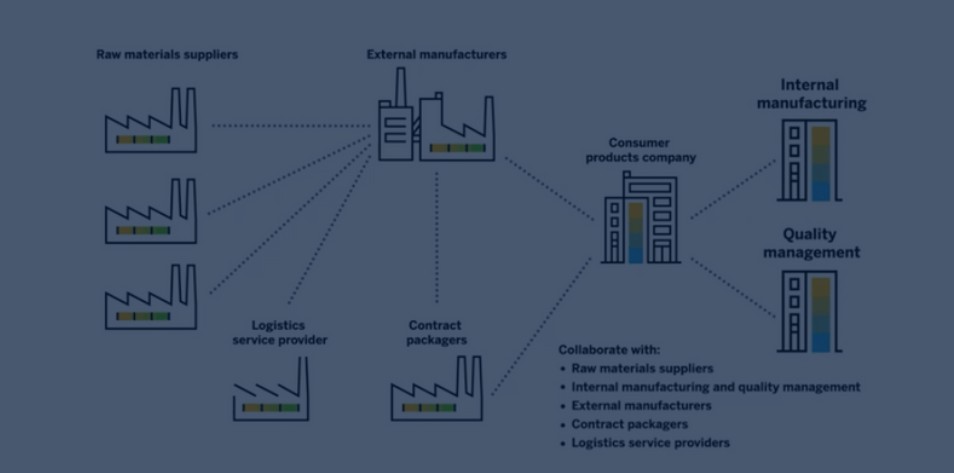The world of technology is always in a state of churn. More so in the post-Covid-19 landscape where hybrid is becoming the order of the day. Hybrid may mean combining an on-premises data center with the cloud, a collocation of servers, or different stacks. Infrastructure and operations (I&O) face great disruptions to cope with such changes. Here are the five major tools and platforms to modernize I&O stacks and hold ground in today’s hybrid era.
1. Cloud migration tools
The most prominent trend in computing, for many years running, is cloud migration. Enterprises have been shifting workloads to the cloud for over a decade for cost and other advantages. The pandemic and the associated stay-at-home orders accelerated cloud migration. Agility and responsiveness replaced cost as the primary reason for cloud adoption.
Successful cloud adoption depends on a sound strategy. A good strategy understands costs, identifies and mitigates risks, and selects competent vendors. Enterprises port their workloads from their legacy infrastructure to the cloud. The same tools enable porting workloads among different cloud platforms. Migration tools such as AWS Server and Application Migration Services, Azure Migrate, Cisco AppDynamics, and more ensure seamless portability. The best tools:
- Support end-to-end cloud migrations.
- Conduct the migration without disrupting workflows.
- Co-opt automation capabilities to handle workload migration.
- Ensure compatibility with the cloud destination. Offer insights for performance optimization.
2. Integration tools
Data integration tools combine and transform data from different sources and domains. I&O teams need these tools to establish connectivity and maintain data integrity across their hybrid landscape. Everyday use cases of data integration include:
- Ingesting data from the ecosystem, such as partners, suppliers, and others.
- Data warehousing and running analytics to gain insights from data.
- Creating an integrated customer view dashboard.
Some of the big names in the integration tool landscape include Oracle Data Integrator 12c, SAP Data Services, and more. But enterprises would also do well to develop custom tools or identify a generic tool that works best for their specific needs.
The best tools offer:
- Low-code or no-code interfaces, which allow executives with no coding experience to get insights from the data.
- API to access data from disparate sources.
- Automated bulk data uploading capabilities.
3. Uptime and protection tools
A critical requirement of today’s IT infrastructure is always availability. Even a few seconds of downtime may cause chaos and huge losses. The always-availability mode has to extend across all environments and for all providers. The tools to ensure 100% availability include:
- Network monitoring tools. Today’s complex networks need full-time monitoring. Automated tools enable tracking system performance from a single control point. Easy, integrated views offered by such simple views enable proactive response to any issues. Different providers have several network monitoring tools with infinite permutations and combinations.
- Remote access tools. Today’s spread-out networks and hybrid work environment mean most network issues remain physically out of bounds for the I&O team. Remote access tools, made available through mobile and web-based apps, enable real-time response to incidents.
- Testing tools. Continuous testing is a priority for I&O teams. The latest trend is shift-left practice, which shifts testing to the left or as early in the lifecycle as possible without waiting for the end. Such an approach finds and prevents defects early in the software delivery process.
- Security tools: Conventional security tools may have lost its effectiveness, but security tools to protect the network are still integral in the I&O arsenal. Today’s complex networks still require endpoint protection tools, anti-malware and anti-ransomware tools, and other tools to protect against advanced threats. Here are the best security tools to protect IoT installations.
The best I&O teams assess, integrate, and shed tools to suit changing business and network needs. They also have a robust disaster recovery plan that co-opts backup tools and a sound action plan that kicks-in when things go wrong.
 4. Orchestration tools
4. Orchestration tools
In today’s hybrid world, it is common for workloads to run across multiple environments. Enterprises subscribe to public cloud offerings for cost-effectiveness, easy onboarding, and quick scalability. Compliance, cost, or other considerations may induce them to opt for a multi-cloud or hybrid-cloud strategy. They may also keep some workloads in their on-premises servers or private clouds.
Orchestration tools enable seamless integration and data delivery across the complex enterprise landscape. Workflow orchestration enables seamless execution of business services, such as billing and inventory.
Container orchestration tools that automate running containerised workloads and services. Containers, which include the code and supporting resources, are the flavor of the season. Such automated orchestration enables provisioning, deployment, scale, networking, load balancing and more.
The best orchestration tools:
- Integrate data stored across the enterprise, in different locations and platforms, to suit business needs.
- Enable centralized control over the disparate and complex environment and ensure effective governance. These tools provide low-code API to support SLA monitoring, authentication management, and alerting.
5. Infrastructure-as-code
Infrastructure-as-code (IaC) automates infrastructure provisioning such as servers, operating systems, and storage. Manual provisioning is inefficient, time-consuming, and error-prone. IaC creates configuration files containing infrastructure specifications. System admins may edit and distribute configurations efficiently. These tools:
- Ensure a consistent environment every time
- Eliminates ad-hoc configuration changes
- Helps in establishing robust version control
I&O teams apply IaC using server automation and configuration management tools. Some popular IaC tools include Red Hat Ansible Automation Platform, AWS CloudFormation, Chef, and more.
6. Intelligent automation tools
The effectiveness of I&O depends on customer focus. I&O teams have two sets of customers, the external customer of the enterprise and the enterprise employees who use the IT systems. The needs and preferences of both change quickly. I&O rely on automation to make enterprise systems agile, flexible, and fast.
The primary vehicle of enterprise automation is bots. Bots auto-execute routine and repetitive tasks to make operations accurate and fast. It also frees up human employees for higher-level cognitive tasks.
Intelligent automation or hyper-automation tools leverage artificial intelligence to automate advanced processes. A major application of hyper-automation is policy enforcement across hybrid environments. The IT team may define policies and use automation tools to apply governance.
IT no longer works in isolation. Aligning I&O with business goals helps the enterprise stay ahead of the competition. Success depends not on the blind application of popular tools but on implementing tools and services that suit enterprise needs.












